Workshops
Guided by Vincent Versace & Jimmy Andruskewicz, learn how to capture an image in which you not only see the person but also see into the person being photographed.
There are no available registration dates at this time.
In absolute spontaneity you get absolute truth, you can only be one way if you are spontaneous and that is truthful. -Viola Spolin
A still photograph is called a still photograph because the picture does not move, not because objects in the photograph are not in motion. The goal is to capture motion with stillness.
The best portraits, as well as the best photographs, are the ones that feel as if they are the moments between moments. That they are not a beginning or an end but a fluid movement of a moment held still. There is no awareness by the subject being photographed, that they are in a moment, in a moment that is captured in the moment.
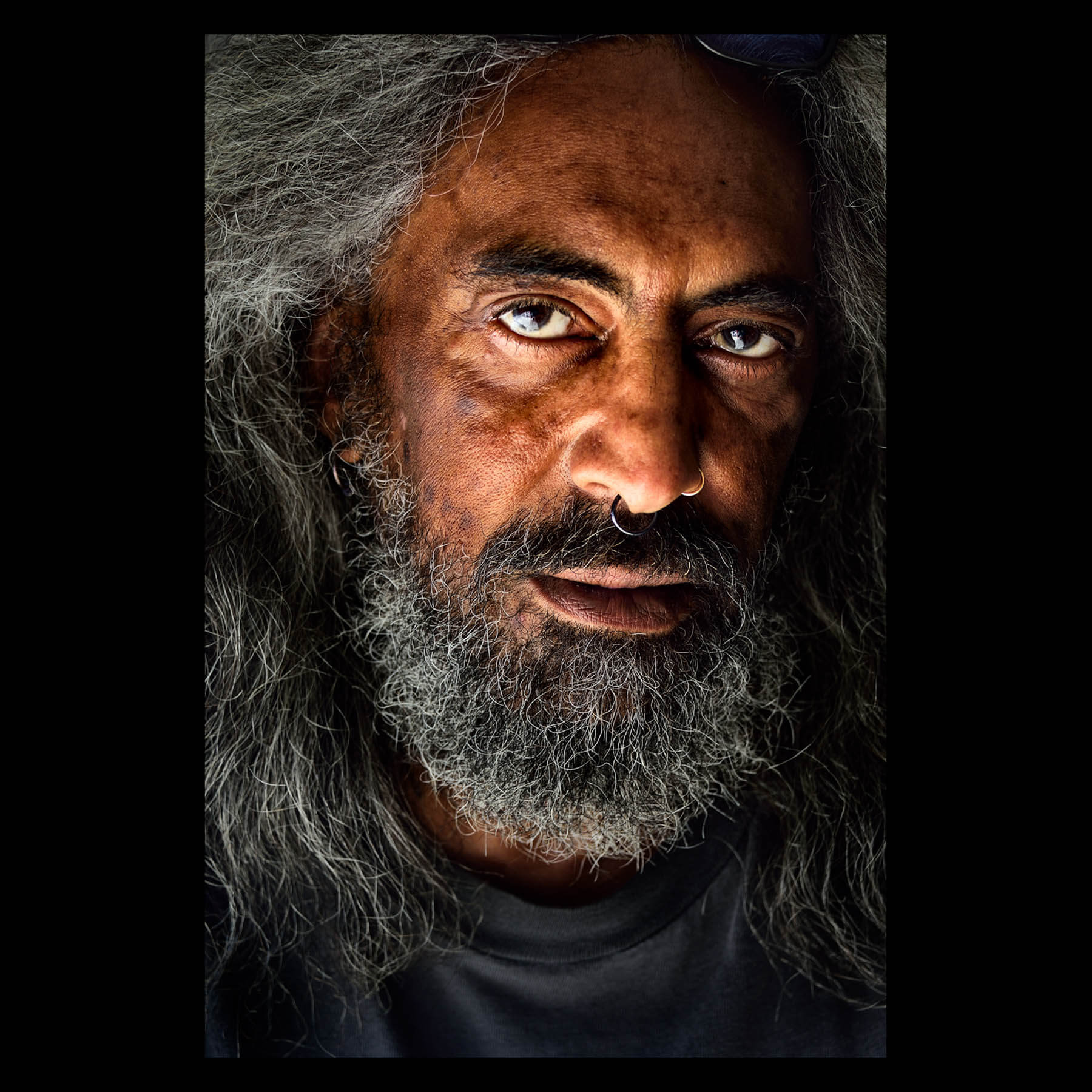
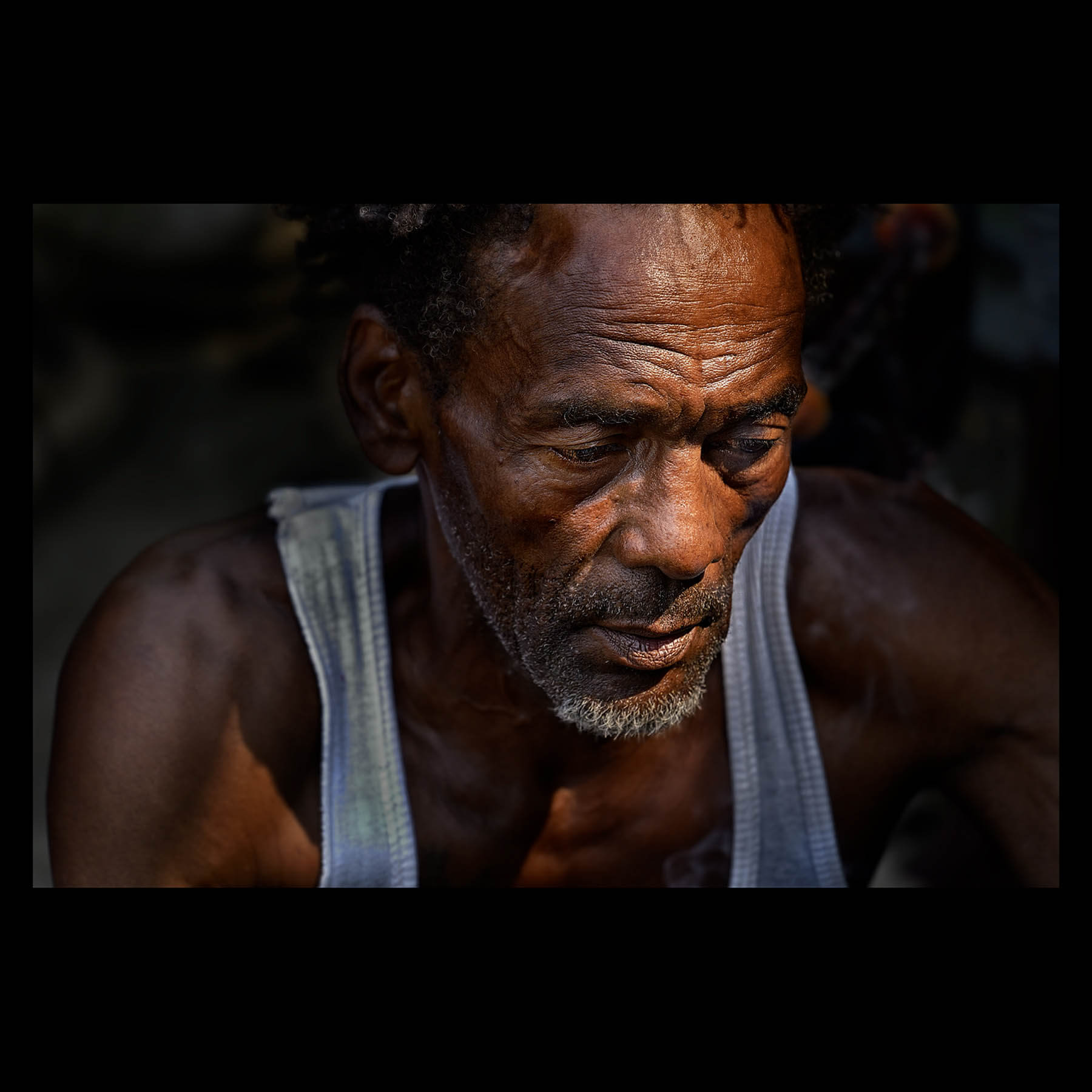
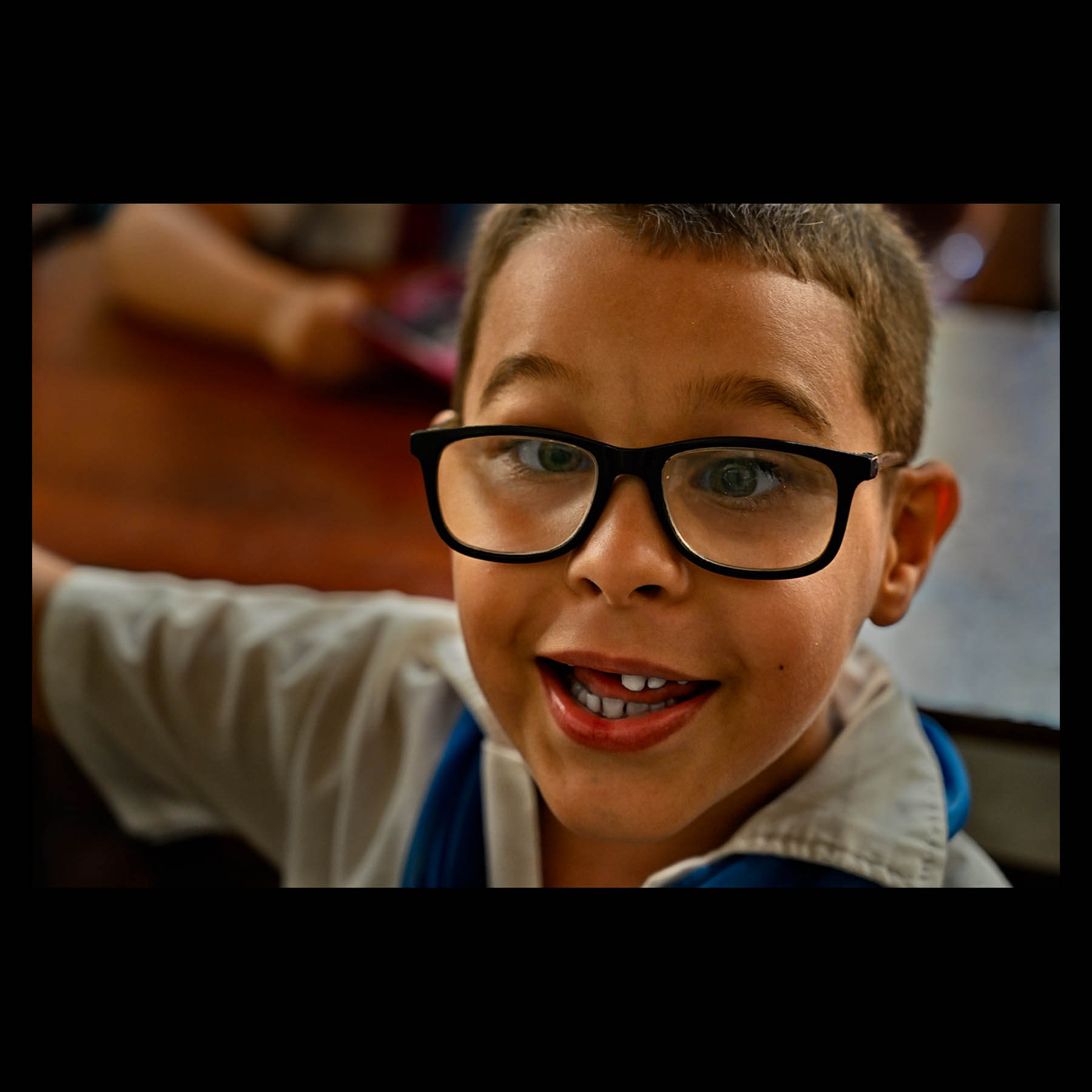
Learn how to capture an image in which you not only see the person but also see into the person being photographed.
This workshop will also explore the use of available light, natural light (reflected and diffused), and LED light. We will discuss color vs. black and white, approaching lenses as a brush, as well as exploring the use of bokeh.
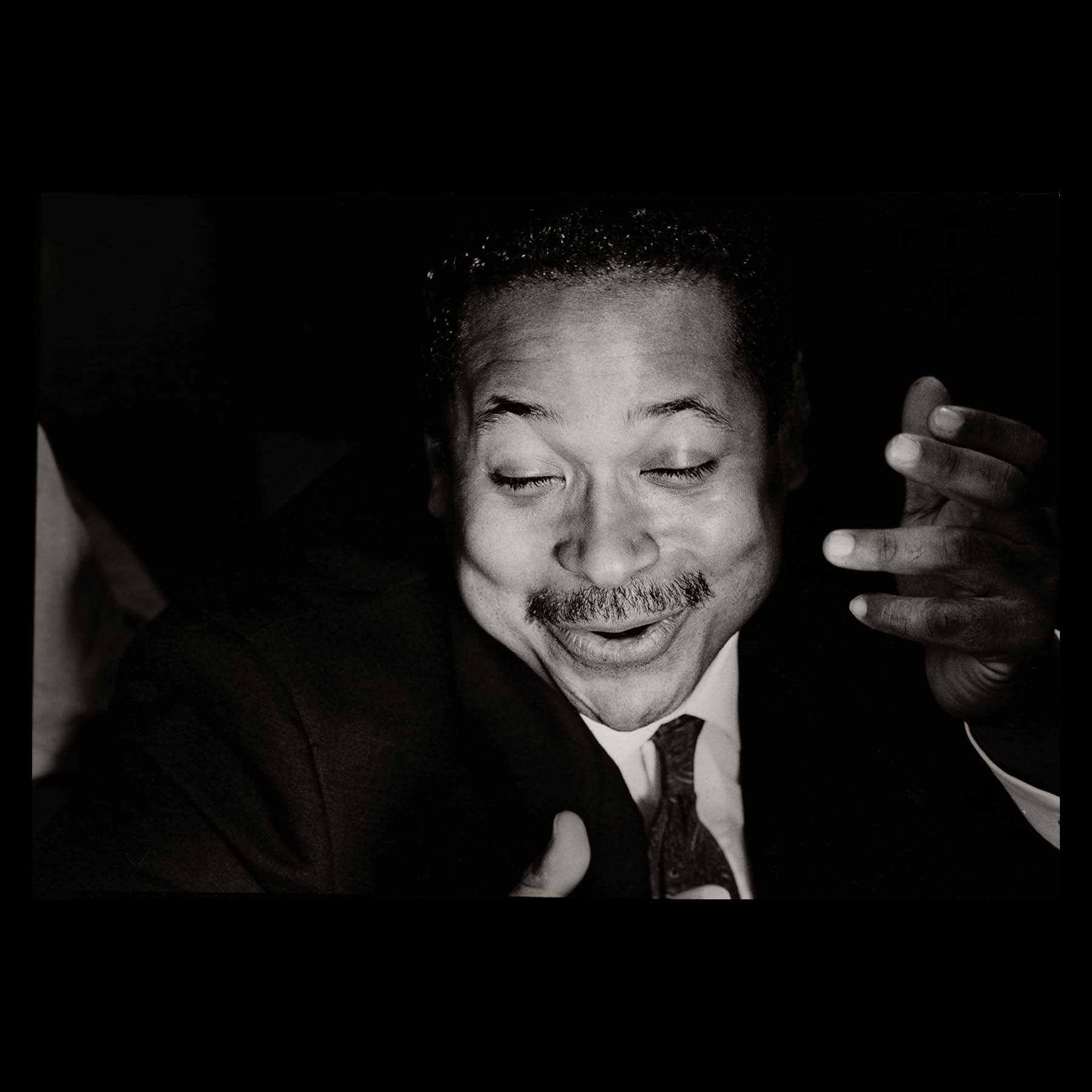
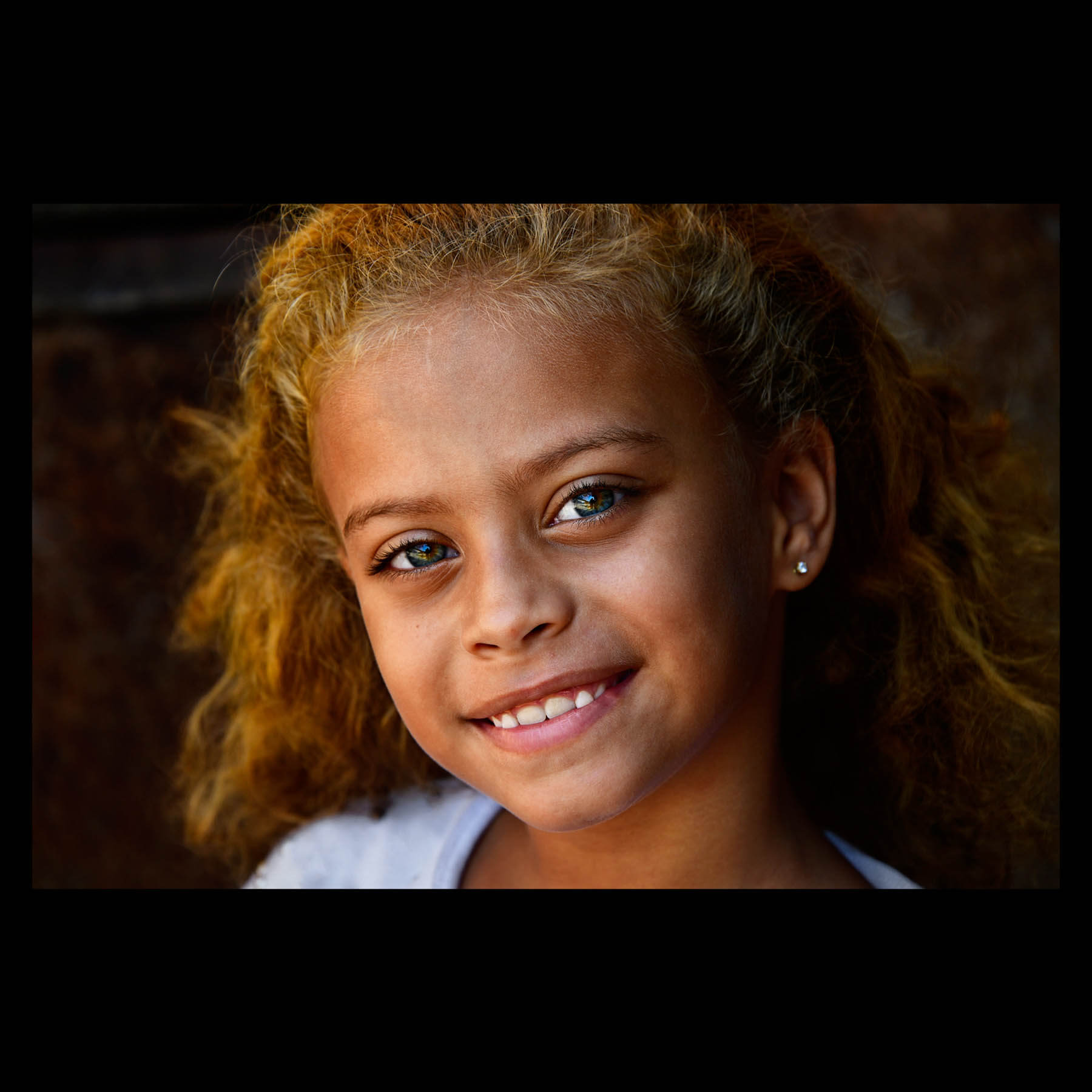
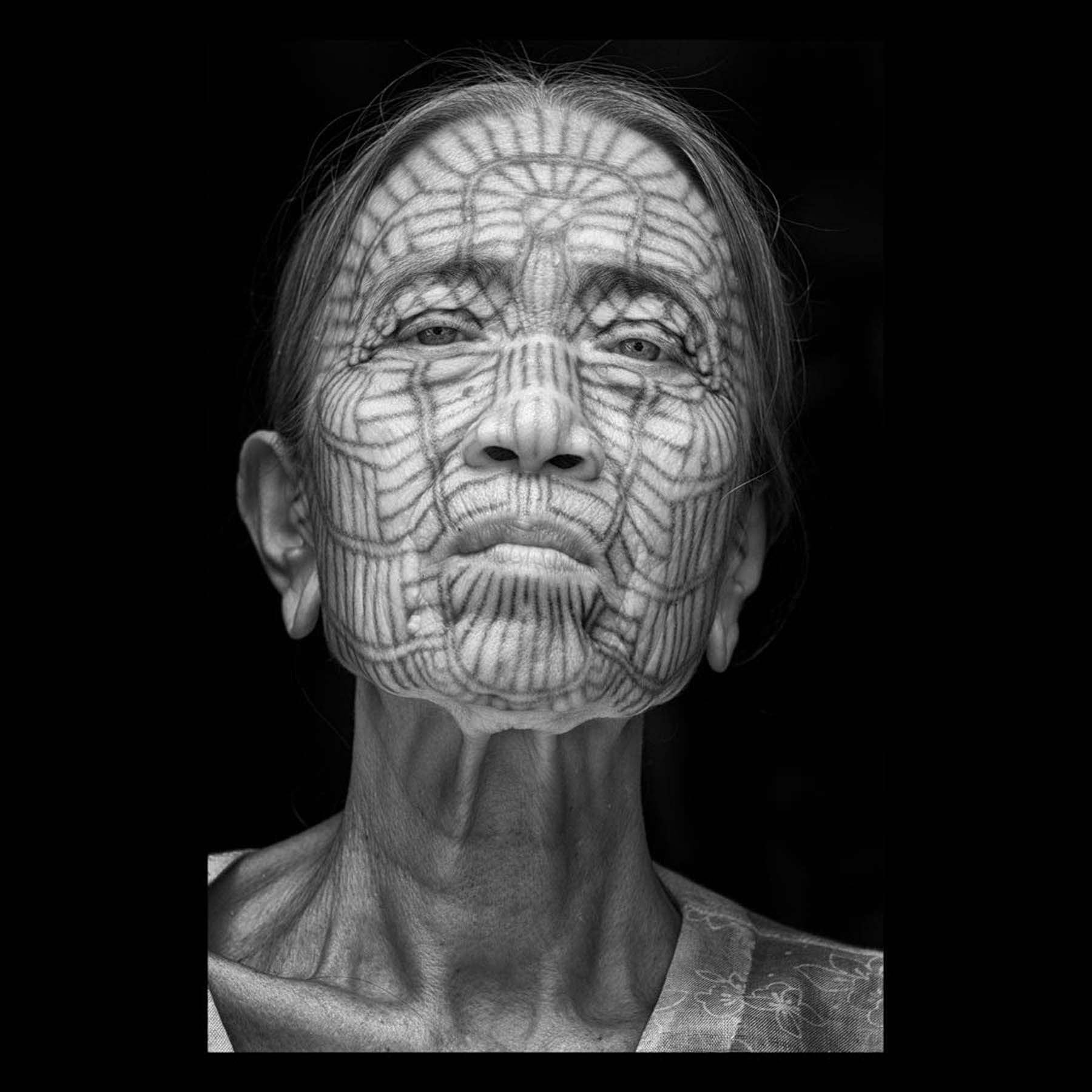
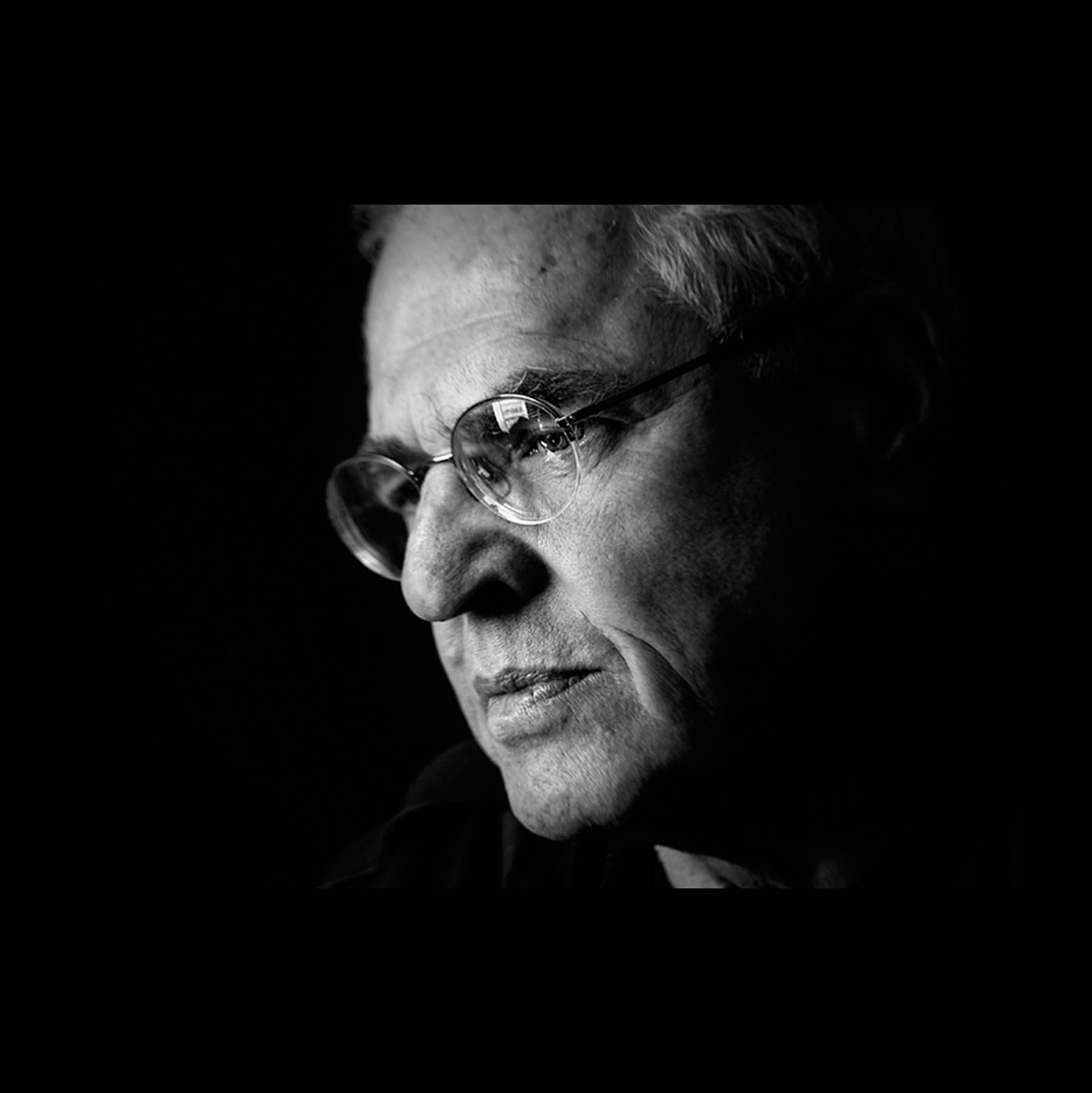
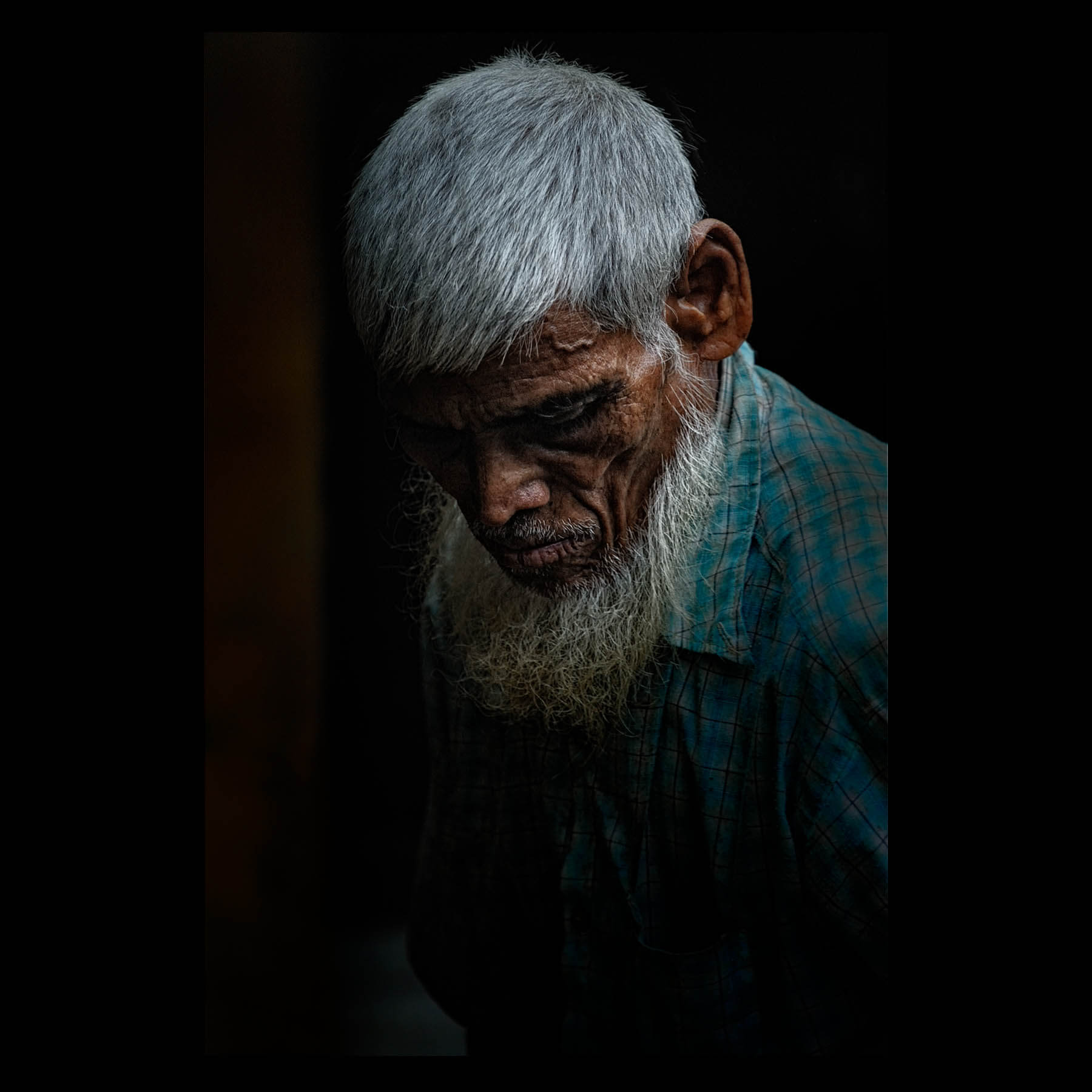
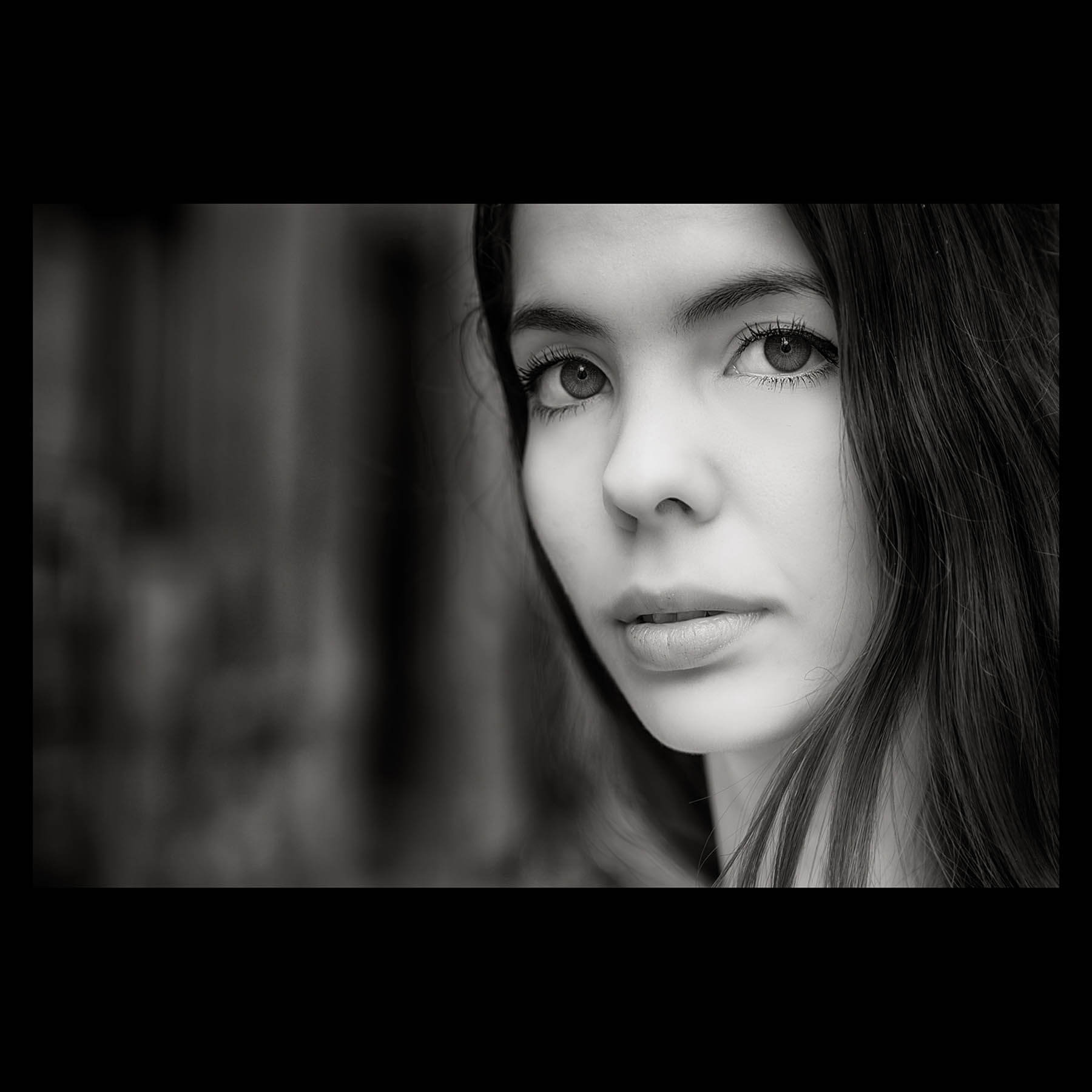
All images copyright Vincent Versace.
Share This
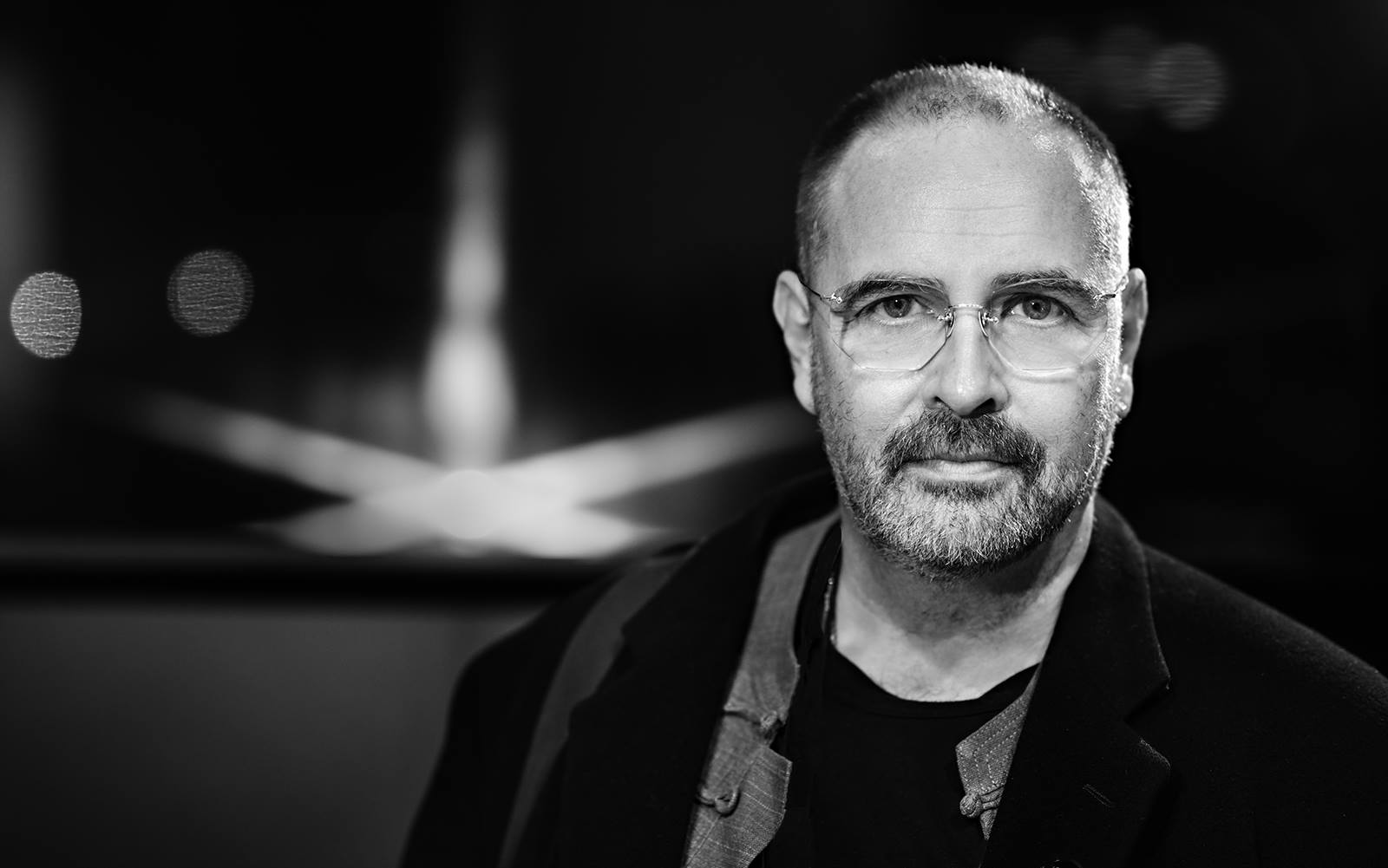
Instructor: Vincent Versace
Vincent Versace is an internationally recognized pioneer in the art and science of digital photography. His passion for natural light photography is manifest not only in his work but also through his role as a creative and technical leader, contributing to innovative breakthroughs across the entire digital image value chain.
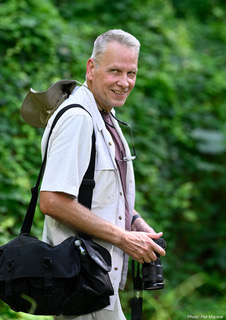
Instructor: Jimmy Andruszkewicz
Jimmy Andruszkewicz (Jimmy A-Z) is a Landscape/Street Photographer, who also provides services in digital photo instruction and printing.
After graduating from New York University’s Tisch School of the Arts’ Photography Program, Jimmy was fortunate to work as Studio Manager/First Assist for the eminent photographer Neal Slavin. Neal’s tutelage provided a firm foundation for large productions carried out both in studio and on the road, employing all camera formats from 35mm up to Polaroid’s 20x24 camera.
He eventually moved on to work as a Civilian Photographer in the Photographic Section of the New York City Police Department, which encompassed both field assignments and darkroom responsibilities. During this time, he joined the uniformed ranks of the NYPD. After the obligatory time in the street, he was able to return to the Photo Section as a Police Officer.

